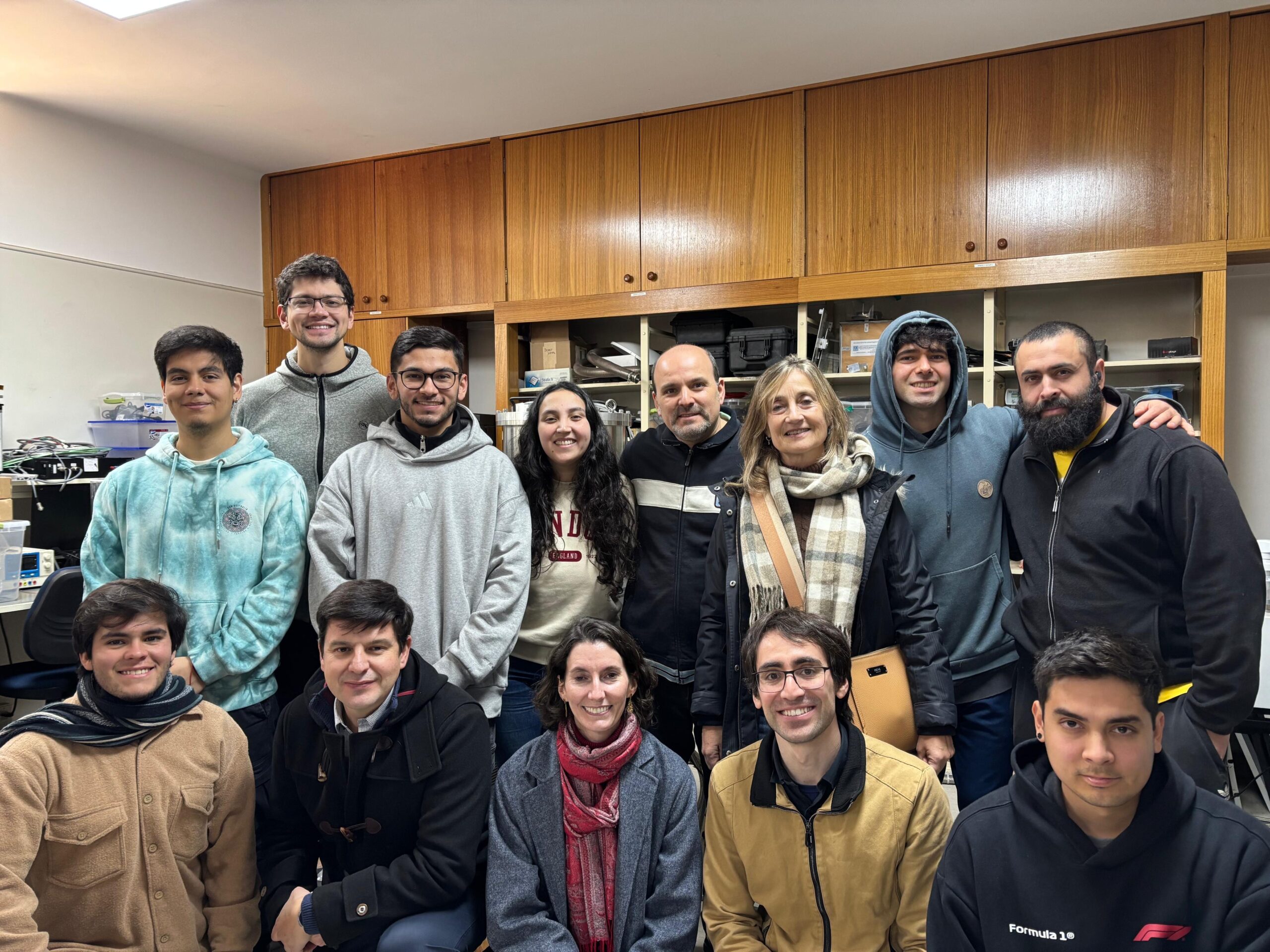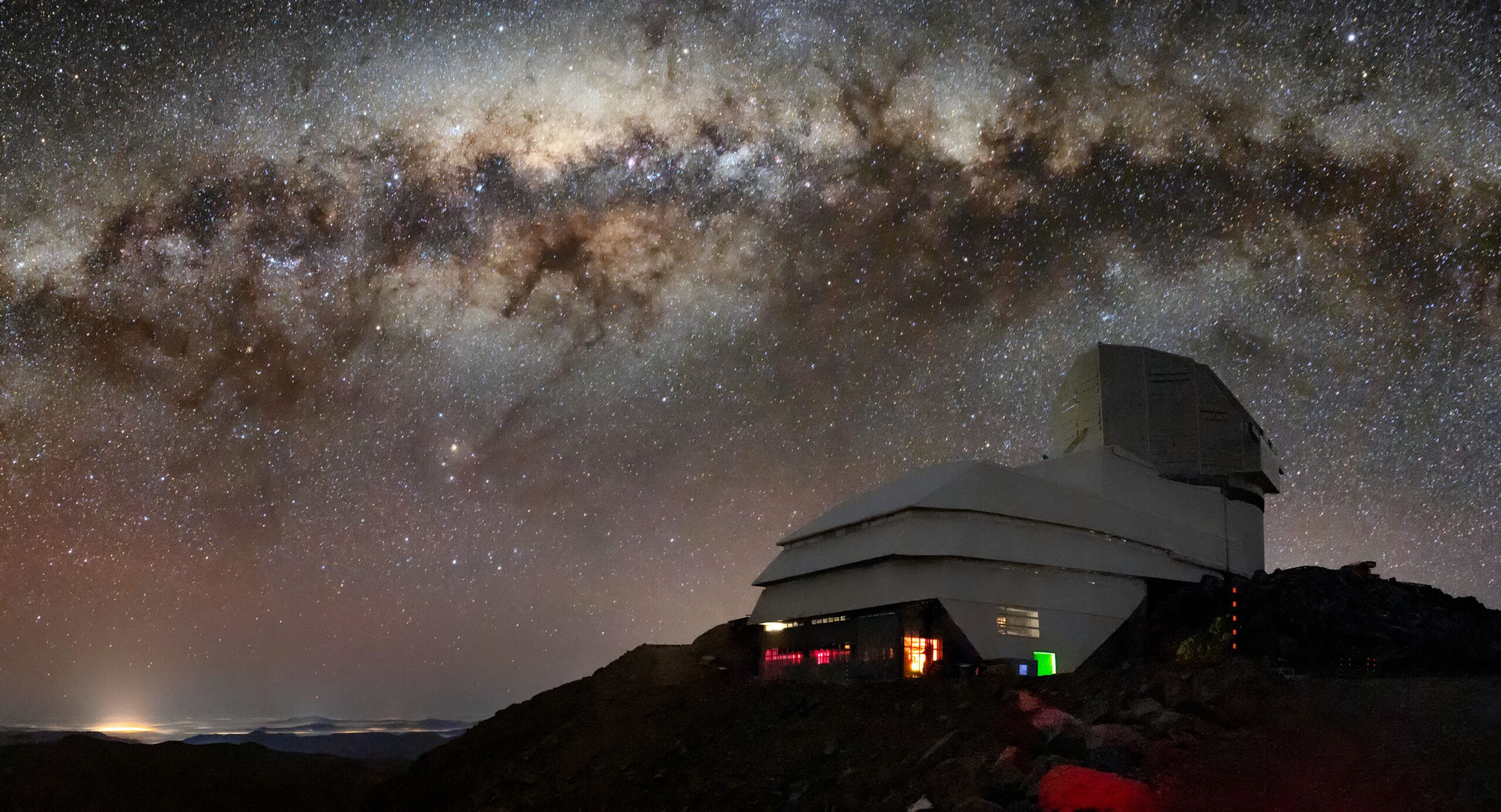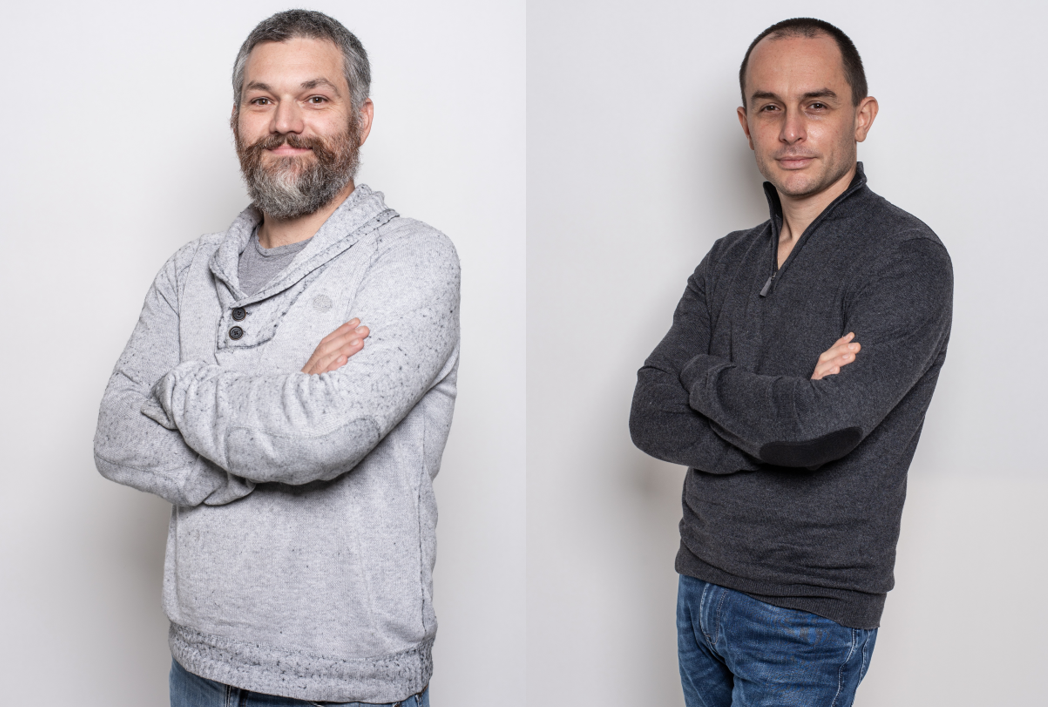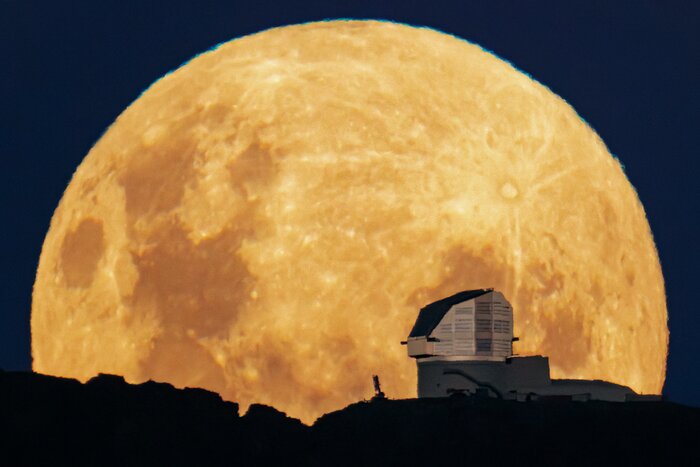
IMPRESSIVE: 10 regular Fondecyt funds obtained by CATA researchers
9 of these winning funds were in the category 'Astronomy and Astrophysics' and one in the Engineering studies group. The latter will seek to create a radio telescope in Santiago.
“These ten good news items make us very happy and show the high level of our scientists. They are great researchers, full of talent and will undoubtedly make a great contribution to astronomy in Chile,” said Ezequiel Treister, Subdirector of the Center of Excellence in Astrophysics CATA and astronomer at the Pontificia Universidad Católica de Chile.
Three Women Leaders
Amelia Stutz, an academic at the Universidad de Concepción and CATA researcher, obtained funding for her project entitled: “Toward a physically-based understanding of star cluster formation in Milky Way clouds: cusp of a data-driven revolution”.
“My research will focus on training young researchers, it is mainly about support and insertion of students who will be involved in the research. We will use various instruments, including ALMA, CCAT, SDSSV, APEX and Gaia for example. With the ALMA-IMF Large Program in particular,” says Stutz.
Viviana Guzmán, an astronomer at the Astrophysics Institute of the Universidad Católica de Chile, obtained a regular Fondecyt grant to investigate the chemistry of star and planet formation, its name is “Astrochemistry during Star and Planet Formation”, a project that will last 4 years. “I will investigate how chemistry evolves from the largest scales in molecular clouds to the smallest in protoplanetary disks, and in particular what is the impact of external radiation on gas chemistry. For this I will use ALMA data, some already obtained and others that will be observed this year,” also says the scientist, who holds a PhD from the Pierre et Marie Currie University in France.
Laura Pérez, who is an astronomer, academic of the Department of Astronomy of the Faculty of Physical and Mathematical Sciences of the University of Chile and CATA researcher, also obtained a regular Fondecyt in the area of planetary formation. The name of the winning project is: “Young Planets and Planet-forming Disks”.
Stars, galaxies and planets
Stefano Bovino, an academic from the Department of Astronomy at the Universidad de Concepción, was another of the winners of the Fondecyt competition, his research is entitled: “Bridge the gap: unveiling the physics of star-formation through chemistry”.
“This work will consist of a mix of observations, from the ALMA and APEX observatories in northern Chile, together with high-resolution hydrodynamic simulations of star-forming regions to understand how stars (particularly high-mass stars) form and how they evolve. It is a unique project where the results will be produced in a process of comparison simulations/observations”, says the PhD in Astronomy from the Sapienza University of Rome and researcher of the Titans Millennium Nucleus. The project will last 4 years and involves international collaborations with Germany, France, Japan and Italy.
Another winner in this program is Dante Minniti, academic of the Department of Astronomy of the Universidad Andrés Bello and senior researcher at CATA, with his research: “Rediscovering the Milky Way with the VVVX Survey”. “In this work we will seek to map the innermost parts of our Galaxy with more than 420 nights of observations during the last 10 years using the VISTA 4-meter near-infrared telescope at ESO’s Paranal Observatory,” explains one of the principal investigators of the CATA Astrophysics Center.
For his part, Valentino Gonzalez, who is an academic in the Department of Astronomy at the University of Chile, won the Fondecyt funding to develop the research entitled: “The Role of the Brightest Galaxies in the Epoch of Reionization”.
“During 4 years we will seek to obtain and analyze data from a ‘Large Program’ of ALMA called REBELS, including 70 hours of observations with this radio observatory, data from the VLT telescope from an instrument called X-Shooter that takes spectra (~100 hours spread over 2 programs), and data from the James Webb Space Telescope”, explains the also Ph.D. in Astrophysics from the University of California Santa Cruz.
“The goal of this project is to understand the properties of the brightest galaxies that existed in the Universe when the Universe had fewer of these types of bright galaxies that emit many high-energy photons and may have contributed to ionizing the gas in the Universe. Today we don’t know how important their contribution was to the process. We would love to find out,” says Gonzalez.
Another research proposed for funding is “Measuring the mass of Milky Way with RR Lyrae”, led by Ricardo Muñoz, who is also an academic of the Department of Astronomy of the Universidad de Chile and a senior researcher at CATA.
“This research aims to detect the most distant stars that exist in the Milky Way Halo. We will seek to measure their motion via spectra. Once we have an important set of stars with such data, we will be able to model the mass of the Milky Way, a quantity that is very important in Astrophysics, but which is currently not well known, with a great uncertainty of the current measurements, so we want to improve them substantially”, explains Muñoz.
This 3-year project will use telescopes such as the 4-meter Blanco, on Cerro Tololo, with the DECAM instrument, to take images of the galaxy; together with the 6.5-meter Clay telescope of the Magellan type on Cerro Las Campanas (of the Carnegie Institution for Science), with which the spectra of stars will be taken to measure the speed at which they move.
Astronomy also wins in engineering
We cannot close this note without highlighting the research led by Ricardo Finger, PhD in Astronomical Instrumentation and academic at the University of Chile. “This work will consist of the construction of a radio telescope in Cerro Calán (headquarters of the Astronomy Department of the University of Chile) and eventually other similar ones in the Catholic University and Laguna Caren, with the objective of detecting very fast radio bursts or flashes that occur in the Milky Way, which can be detected with small radio telescopes, because they are very intense but occur only a few times a year. So it is a very particular type of astronomical observation, so existing centers cannot be used and exclusive telescopes must be created for this purpose.”
The proposal is entitled: “Astronomical Radio Transients Experiment (ARTE): Detecting bursts in the Milky Way”.
The other CATA researchers proposed for funding via the Fondecyt Regular 2022 competition were Neil Nagar and Sandro Vilanova, both academics from the Department of Astronomy of the Universidad de Concepción.
Recent news
-
 Publicado el: 30/06/2025CATA Director strengthens ties in her second institutional tour
Publicado el: 30/06/2025CATA Director strengthens ties in her second institutional tour -
 Publicado el: 26/06/2025Vera C. Rubin: the telescope that watches the sky and anticipates the future of astronomy
Publicado el: 26/06/2025Vera C. Rubin: the telescope that watches the sky and anticipates the future of astronomy -
 Publicado el: 25/06/2025CATA researchers appointed as Full Professors at Universidad Andrés Bello
Publicado el: 25/06/2025CATA researchers appointed as Full Professors at Universidad Andrés Bello -
 Publicado el: 25/06/2025Study by young Chilean astronomer reveals new key parameter for understanding star formation
Publicado el: 25/06/2025Study by young Chilean astronomer reveals new key parameter for understanding star formation -
 Publicado el: 19/06/2025Rubin: The Universe’s First “Movie” That Will Transform Astronomy
Publicado el: 19/06/2025Rubin: The Universe’s First “Movie” That Will Transform Astronomy
Categories list
- Acknowledgments 18
- Astrobiology 5
- AstroCluster 1
- Black holes 13
- Corporativo 49
- Cosmology 4
- Descubrimientos 19
- Disclosure 45
- Exoplanets 13
- Extension 4
- Galaxies 17
- Galaxies formation 2
- Inter y Transdisciplina 2
- Local Universe 13
- Publications 5
- Sin categorizar 31
- Solar System 11
- Stellar formation 6
- Technology 9
- Technology Transfer 12


